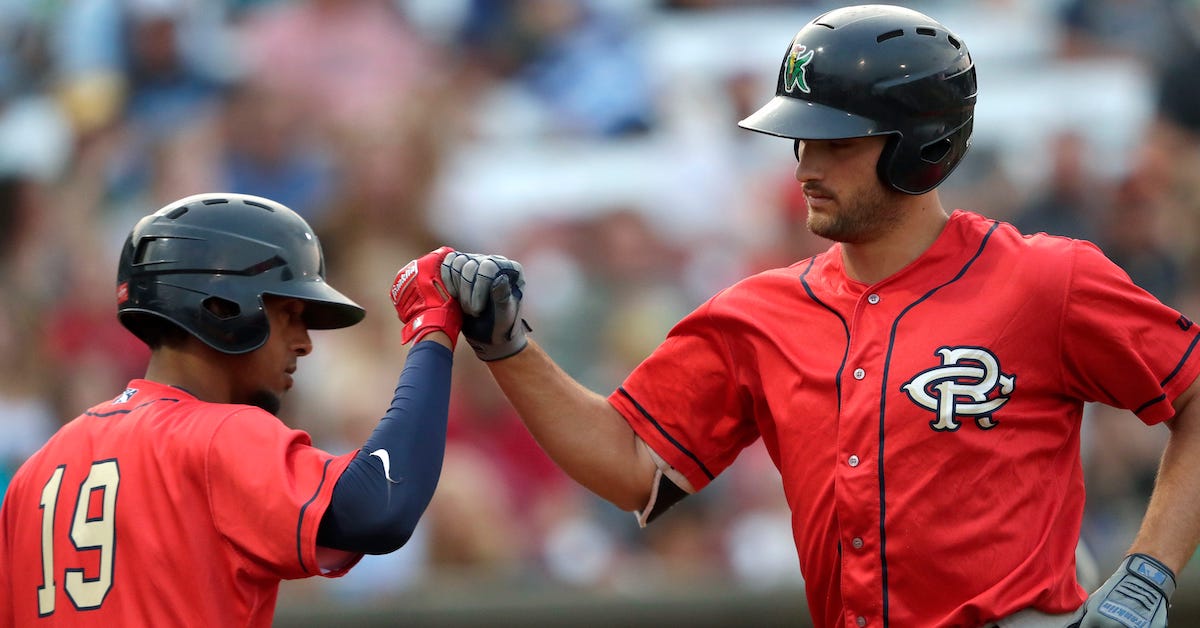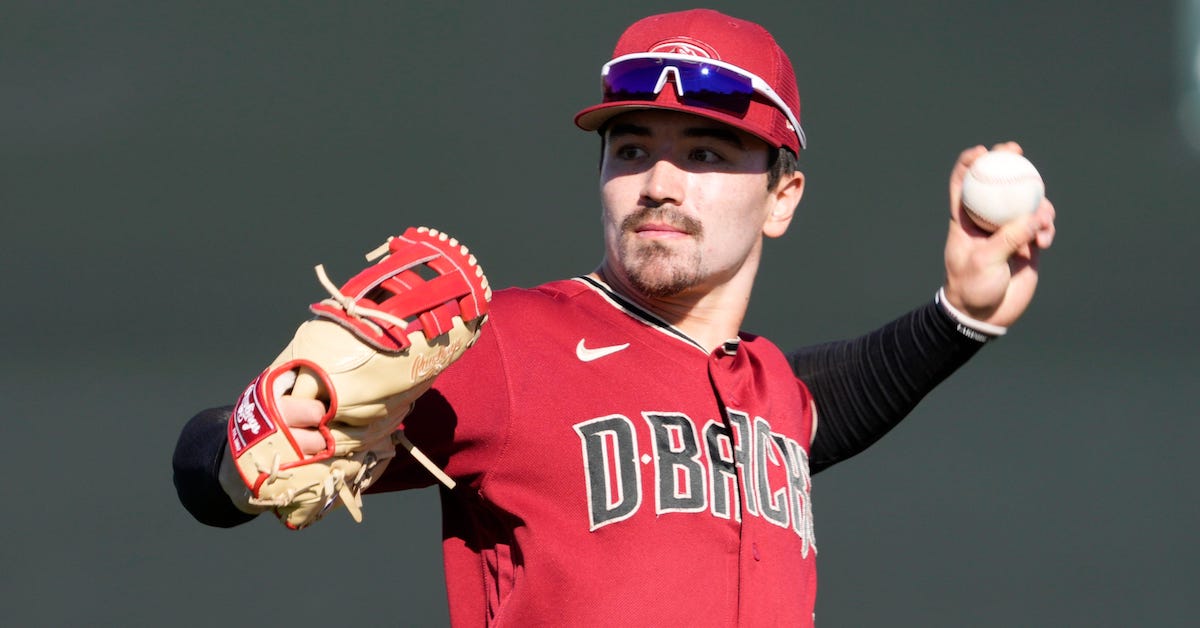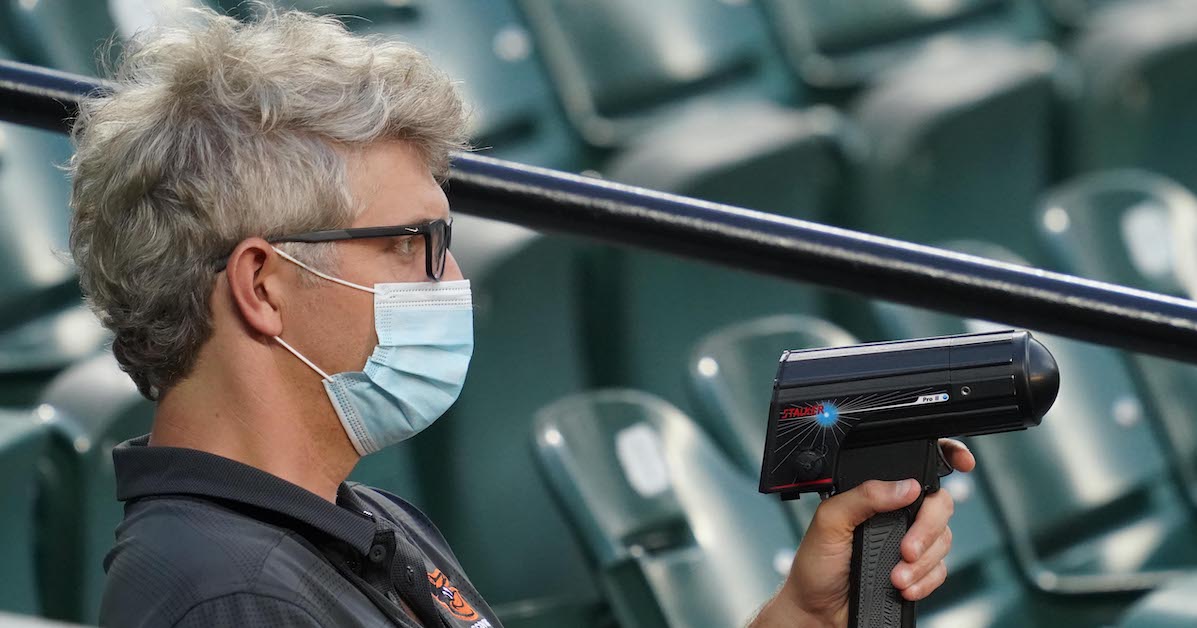Amid an Oblong Journey, Twins Prospect Matt Wallner Aims For Home

Matt Wallner has taken a circuitous route in his quest to play close to home. Geographically speaking, it might be better-described as an oblong route. The 24-year-old Minnesota Twins outfield prospect grew up thirty minutes northeast of Target Field, then circumstances sent him to Hattiesburg, 17 hours south. Since being drafted 39th overall in 2019 out of the University of Southern Mississippi, Wallner has played in Elizabethton, Tennessee and Cedar Rapids, Iowa, the latter of which sits four-and-a-half hours southeast of where he started.
Exposure-wise, the shape of Wallner’s boomerang journey changed when his intended destination out of high school dropped baseball. The left-handed-hitting slugger — No. 10 on our newly-released Twins Top Prospects list — had planned to continue his studies in Grand Forks, North Dakota, four-and-a-half hours northwest of the Twin Cities.
“[The University of] North Dakota cut baseball in April of my senior year,” explained Wallner, who battled back from a hamate injury this year to log a 131 wRC+ and wallop 15 home runs in 294 plate appearances at High-A Cedar Rapids. “I had some connections to Southern Miss through the North Dakota coach, so I went for a visit and fell in love with it. Playing college baseball when it is warmer than 30 degrees was enticing.”
Belying the fact that he considers his freshman fall at the Conference USA school “the biggest jump I’ve ever had to experience,” Wallner went on swing a hot bat in his first taste of high-profile collegiate competition, compiling numbers that included 19 dingers and a 1.118 OPS. He went on to set Southern Mississippi’s career home run record, going deep 58 times in three seasons. Read the rest of this entry »





